Skip to main contentDStack Core Components Overview
This page provides an overview of dstack’s core components and guides you through understanding their technical implementation. Each component plays a crucial role in creating secure, confidential computing environments.
For a high-level conceptual overview, start with Basic Components. This page focuses on the technical implementation details and how components interact.
Component Responsibilities
Host Components (Run on Physical Host)
VMM (Virtual Machine Manager)
- Orchestrates CVM lifecycle and resource allocation
- Provides RPC API, Host API, Guest API, and Web UI interfaces
- Manages VM networking, storage, and GPU passthrough
- Integrates with KMS for secure boot processes
Gateway (Network Proxy)
- Handles TLS termination and WireGuard VPN connections
- Routes external traffic to CVMs using domain-based routing
- Manages certificate provisioning and renewal via Let’s Encrypt
- Provides cluster synchronization for high availability
KMS (Key Management Service)
- Provides enterprise-grade cryptographic services with blockchain integration
- Supports three boot modes: Non-KMS, Local-Key-Provider, and KMS
- Handles remote attestation and key distribution
- Manages certificate authority and signing operations
CVM Components (Run Inside Confidential VMs)
dstack-os (Operating System)
- Minimal, secure Linux foundation with TDX attestation
- Provides secure boot process with UEFI and measured boot
- Handles full disk encryption initialization
- Manages system services and container runtime
tdxctl (TDX Control Utility)
- Provides secure boot and encryption utilities
- Handles full disk encryption setup with LUKS
- Manages Runtime Measurement Register (RTMR) extensions
- Supports data sealing and attestation operations
Guest Agent (Runtime Services)
- Manages container lifecycle using containerd
- Provides security services including attestation and key derivation
- Exposes REST API via Unix socket for application integration
- Handles registration with Gateway and KMS services
DStack Implementation Path
To understand dstack’s implementation in detail, follow this recommended reading order:
- VMM Core - Start here to understand VM orchestration and lifecycle management
- Gateway Core - Learn about network routing, TLS, and WireGuard VPN
- KMS Core - Dive into key management, attestation, and cryptographic services
- Guest Agent Core - Understand container management and runtime services
- TDXctl Core - Explore TDX utilities and secure boot processes
- OS Core - Learn about the minimal secure operating system foundation
Each component page provides detailed configuration examples, API references, and operational guidance.
Next Steps

